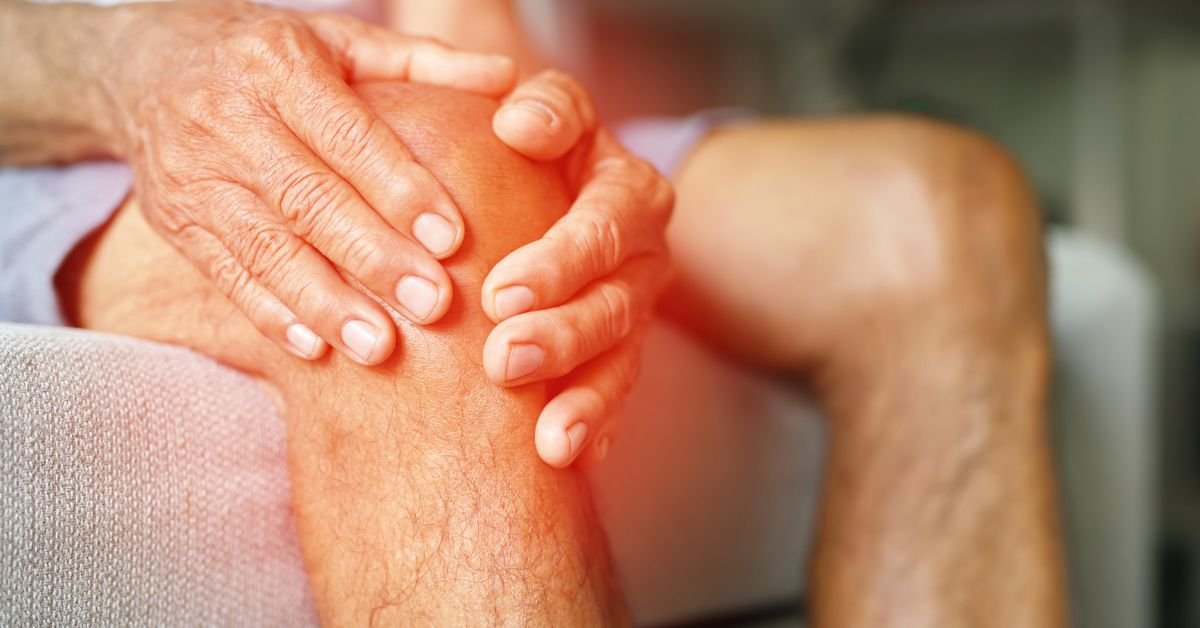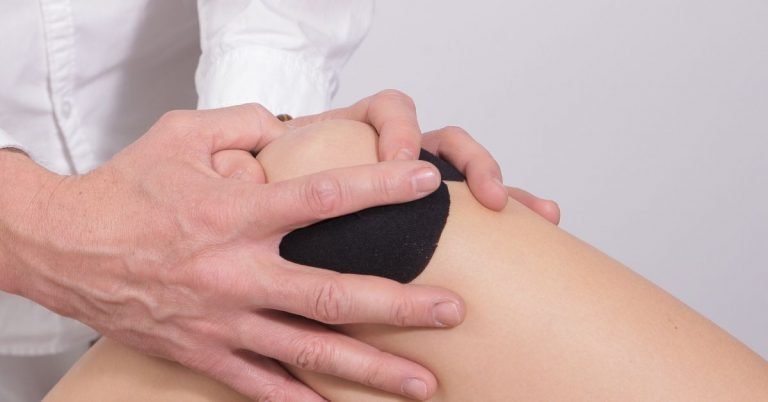If you are experiencing pain and discomfort due to osteoarthritis, strength training exercises might be the last thing on your mind. However, research shows that physical activity is one of the best lines of treatment for this complex disease. In particular, strength training can play a vital role in managing the symptoms.
Below, we have put together a list of 10 evidence based reasons why strength training is recommended as a treatment for osteoarthritis:
Pain Reduction
This will be the biggest benefit for most, since osteoarthritis pain can seriously impact your day to day life. There is high quality evidence indicating that exercise in the form of strength training can improve pain and physical functioning in people with osteoarthritis.
Less Medication Required
Exercise is the most effective, non-medication based treatment for reducing pain, improving function and improving quality of life. This means you will be less dependent on medicines for pain relief, which can come with complications of their own.
It’s More Effective Than Walking
A combination of strength training, flexibility and aerobic exercises leads to greater improvements in pain and disability than general activity, such as walking. Strong evidence supports the use of muscle strengthening exercise programmes for people with hip and knee osteoarthritis.
Improved Joint Biomechanics and Strength
Studies show that resistance training improves muscle strength, muscle firing patterns and joint biomechanics – all of which can reduce pain and cartilage degeneration.
Reduced Cartilage Breakdown
Strength training exercises have an anti-inflammatory effect, lowering the levels of the harmful chemicals which break down cartilage in osteoarthritic joints.
Improved Cartilage Content
Aerobic and weight-bearing exercise have been shown to increase proteoglycan content within the knee cartilage (a major component making up the cartilage matrix).
Reduced Joint Space Narrowing
Strength training helps to reduce the amount of joint space narrowing, one of the hallmark signs used to determine the severity of osteoarthritis on X-ray.
Weight Loss
Exercise makes losing weight much easier! Increased weight is not only a significant risk factor in the development of osteoarthritis, but also in its progression and severity. On the other hand, weight loss reduces the load going through the joints.
A loss of just 1kg of body weight corresponds to a reduction of 4kg of compressive forces through the joints. That is a fourfold reduction in load going through the joints on every step taken during daily activities!
Reduced Levels of Systemic Inflammation
Diet and exercise combined have been shown to reduce the level of a systemic inflammatory chemical in the body (IL-6). A reduction in this chemical may help to reduce the chronic low-grade inflammation which increasing evidence is showing plays a role in the development and progression of osteoarthritis.
Improved Mood
Research shows that exercise can improve the wider psychological impacts of osteoarthritis, including self-efficacy, socialisation and a reduction in depression.
These are 10 very good, scientifically evidenced reasons for anyone with osteoarthritis to start and continue strength training. But, finally and perhaps most importantly, it is empowering. If you are suffering with osteoarthritis, exercise is a way for you to take ownership of the condition, your symptoms and your physical and mental functioning.
For help getting started with strength training as an older adult, why not try out our 6 week beginners strength training programme? It can be done at home or at the gym, with no specialist equipment required.




